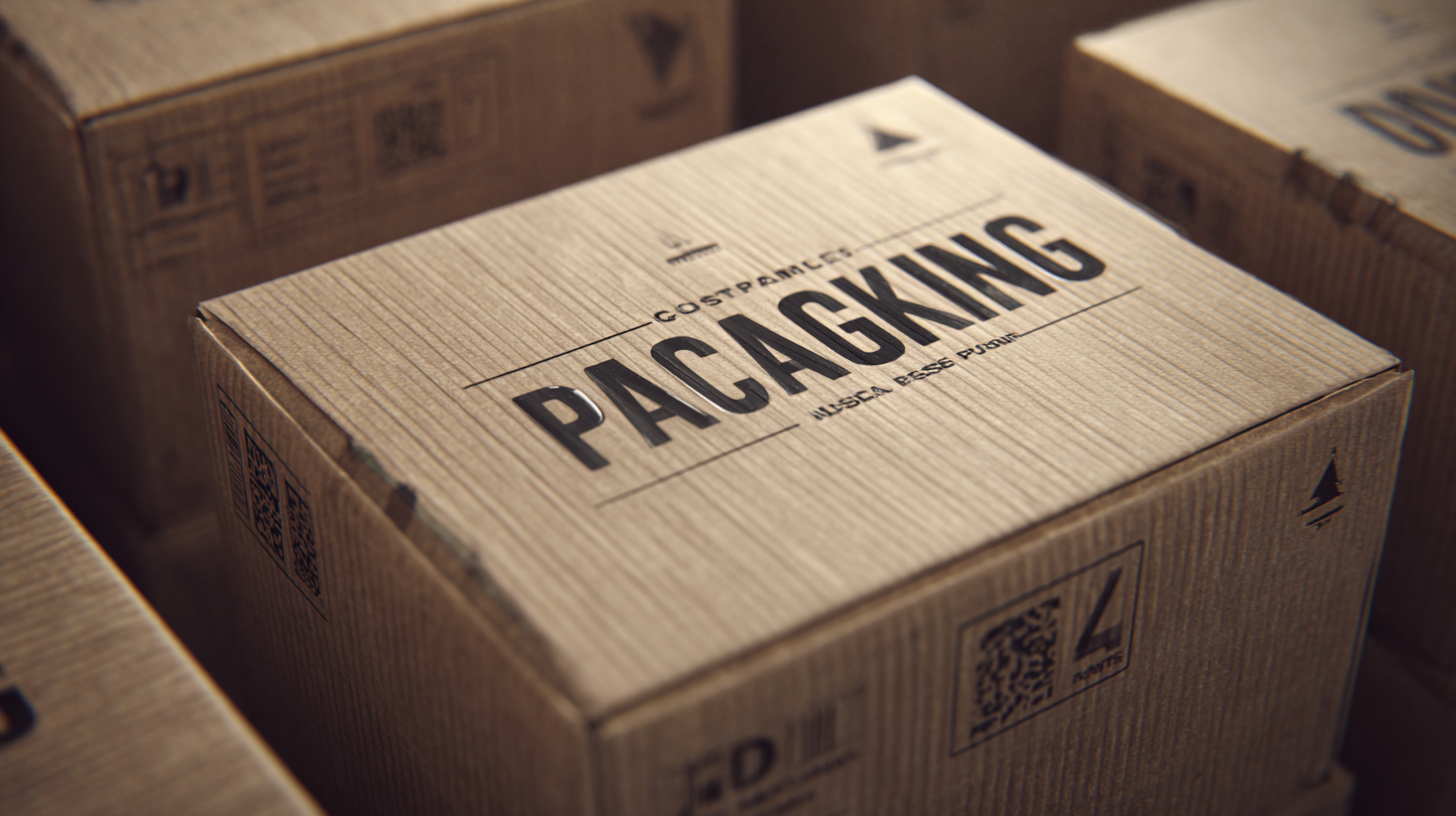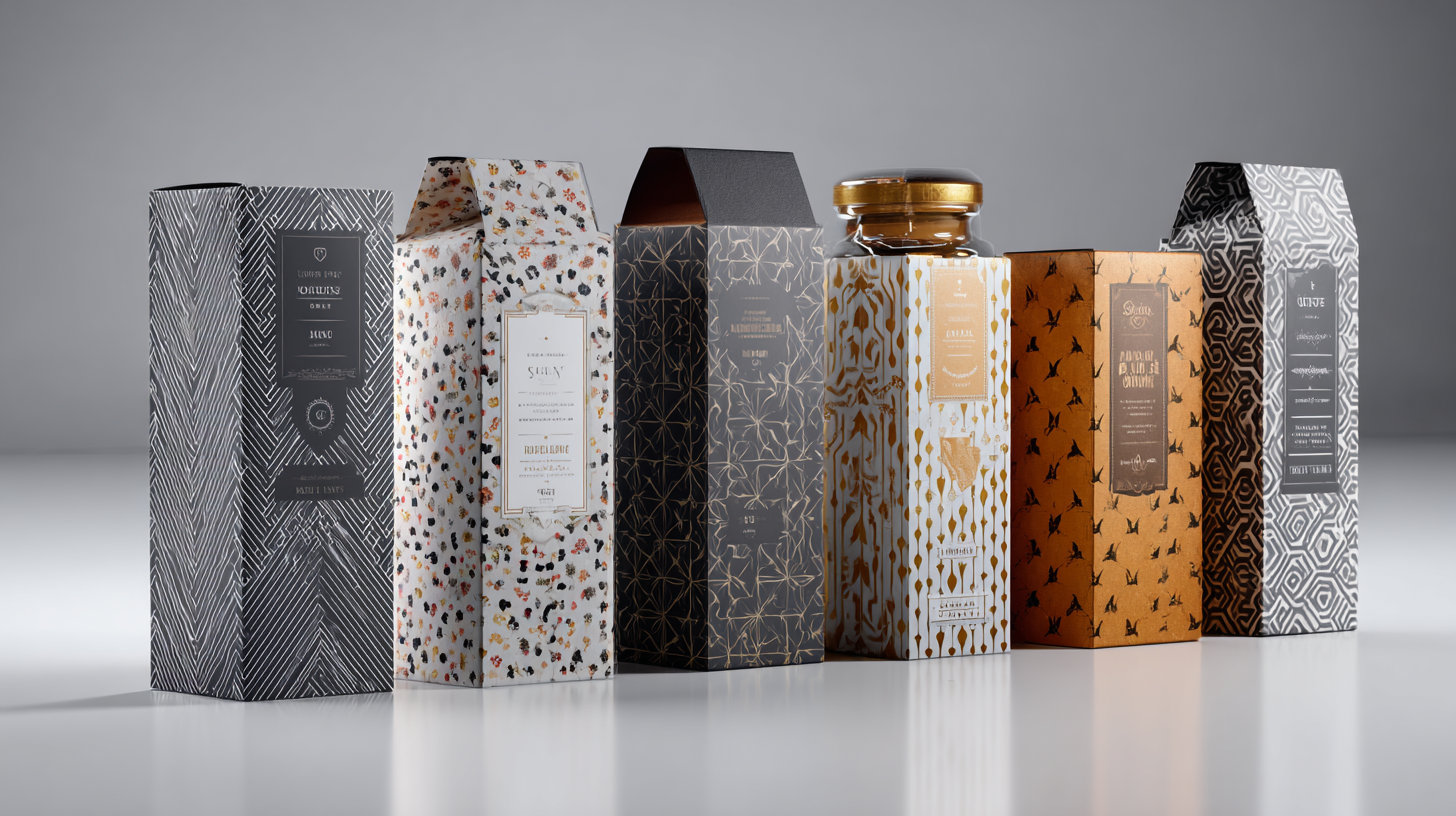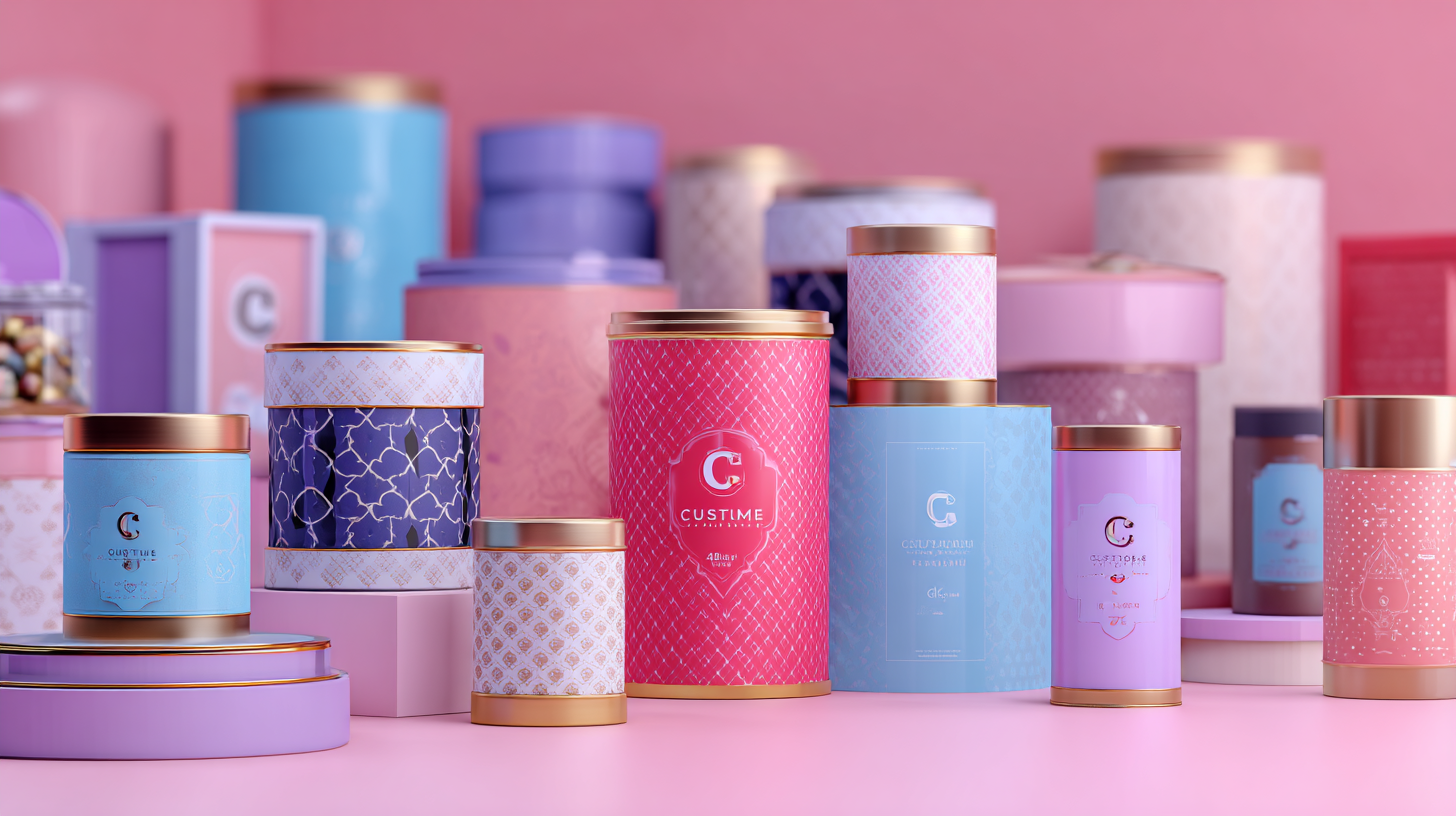Ultimate Guide to Choosing the Best Custom Packaging for Diverse Product Types
In today’s competitive market, the significance of "The Custom Packaging" cannot be overstated, as it plays a crucial role in enhancing brand image and ensuring product safety. According to a recent report by Smithers Pira, the global market for custom packaging is projected to reach $450 billion by 2025, driven by increasing consumer demand for personalized experiences and environmentally friendly materials. Consumers are more likely to make a purchase when products are packaged attractively, with 72% of them saying that packaging design influences their buying decisions. As businesses cater to diverse product types, selecting the right custom packaging solutions is essential not only for aesthetic appeal but also for functionality and sustainability. This ultimate guide aims to navigate through the myriad options available, helping businesses find the best custom packaging solutions tailored to their unique product needs, while staying ahead in a fast-evolving market landscape.

Understanding the Importance of Customized Packaging for Brand Identity and Customer Experience
In today's competitive marketplace, the significance of customized packaging cannot be overstated. Tailored packaging solutions are essential for enhancing brand identity and creating memorable customer experiences. Customized packaging not only allows a brand to differentiate its products but also plays a crucial role in storytelling and emotional connection. By incorporating unique designs, colors, and logos, brands can resonate with their target audience and foster loyalty. This means that the visual appeal of packaging can influence consumer perceptions and drive purchasing decisions.
Moreover, the unboxing experience has become a pivotal aspect of customer engagement. Exceptional packaging transforms a simple product delivery into a delightful event, captivating customers and encouraging them to share their experiences on social media. Whether it's luxurious materials or innovative designs, creating an unforgettable unboxing moment enhances customer satisfaction and strengthens the brand-customer bond. As businesses strategize for the future, investing in customized packaging should be a top priority to boost retention and encourage repeat purchases.
Analyzing Different Material Options for Custom Packaging: Pros and Cons
When it comes to selecting custom packaging for various product types, understanding the different material options and their pros and cons is crucial. For instance, cardboard is a popular choice due to its lightweight nature and eco-friendliness, making it ideal for shipping and retail. Its versatility allows businesses to create customized designs that appeal to branding aesthetics. However, cardboard may not provide sufficient protection for fragile items unless reinforced, which could lead to damage during transit.

Plastic packaging, on the other hand, offers excellent durability and moisture resistance, making it suitable for products ranging from food to electronics. Its flexibility in design allows for a variety of shapes and sizes, catering to specific marketing needs. The downside, however, is the environmental impact, as plastic is often criticized for contributing to pollution and waste. Moreover, the cost-effectiveness of plastic can vary significantly based on the type and quality, which requires businesses to weigh the benefits against potential drawbacks. By carefully analyzing these material options, companies can make informed decisions that align with their product type and brand values.
The Role of Custom Packaging in Reducing Product Damage During Shipping
When it comes to shipping products, choosing the right custom packaging plays a critical role in minimizing damage during transit. Effective packaging not only safeguards items but also enhances customer satisfaction by ensuring products arrive in perfect condition. Different product types require distinct approaches, from fragile glassware to heavy electronics, and understanding these nuances is essential for optimal protection.
**Tip:** Use cushioning materials such as bubble wrap or foam inserts for delicate items. This added layer helps absorb shocks and prevents items from shifting within the box, significantly reducing the risk of breakage during shipping.
Another key consideration is the box strength and size. Custom packaging tailored to the dimensions of your product offers better retention and prevents unnecessary movement. A snug fit reduces the likelihood of damage, while the right box material—like corrugated cardboard for heavier items—provides additional structural integrity.
**Tip:** Always opt for double-wall boxes for heavier products as they provide superior strength. For lighter, fragile items, consider eco-friendly alternatives that offer sufficient protection without compromising sustainability.
Innovative Design Trends in Custom Packaging for Enhanced Consumer Appeal
In today's competitive marketplace, custom packaging plays a pivotal role in captivating consumers and enhancing brand perception. Innovative design trends have emerged that focus on sustainability, minimalism, and interactivity, allowing brands to create a memorable unboxing experience. For instance, eco-friendly materials are gaining traction as companies strive to align with environmentally conscious consumers. Kraft paper, biodegradable plastics, and recycled content not only appeal to eco-friendly values but also offer a rustic charm that can heighten product allure.
Moreover, striking visuals and personalization are at the forefront of modern custom packaging. Brands are exploring vibrant colors, bold graphics, and unique shapes to stand out on shelves and online platforms. Incorporating elements of augmented reality (AR) allows consumers to engage more deeply with the product, creating an interactive experience that fosters brand loyalty. Personal touches, like customized messages or user-generated content, further enhance the emotional connection between the product and the consumer, making the packaging an integral part of the overall marketing strategy.

Measuring the ROI of Investing in Custom Packaging Solutions for Your Business
Investing in custom packaging solutions is more than just an aesthetic choice; it's a strategic move that significantly enhances a brand's return on investment (ROI). According to a report by Smithers Pira, the global packaging market is projected to grow to $1 trillion by 2024, underlining the critical role packaging plays in product perception and customer satisfaction. Custom packaging not only attracts consumers but can also improve your bottom line by reducing material wastage and optimizing shipping costs. Companies can save up to 40% in storage and transportation costs by using appropriately sized packaging, thus directly impacting profitability.
Moreover, a 2021 study by the Packaging Consumers Lab revealed that 72% of consumers form their first impressions of products based on packaging design alone. This statistic highlights the importance of investing in custom packaging, as it can significantly affect purchasing decisions. Businesses that prioritize unique and branded packaging report a 30% increase in perceived product value. By focusing on custom solutions that align with your product type and target market, you can create memorable unboxing experiences that encourage repeat purchases and strengthen customer loyalty, ultimately leading to a higher ROI.